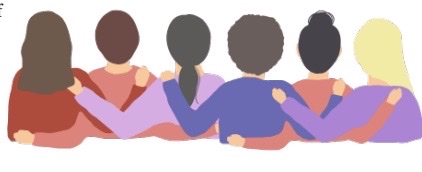If you didn’t know, over the summer the Supreme Court restricted the use of affirmative action, a.k.a race-conscious admissions, in higher education admissions, such as colleges and universities, claiming that this violates the right to equal protection in the Constitution. What exactly does this mean for the future of college admissions? (The Washington Post).
As new admission cycles approach, students must consider that their race will not be as crucial to their application unless they decide to write about how their race has affected their lifestyle.
Part of why this has been implemented is that schools such as Harvard would not accept exceptionally qualified students because of their race. Asian students would constantly have the backhand in admissions, meaning that they were less likely to get accepted, and it wasn’t a fair system for many students. This violates the Constitution’s right to equal protection.
Deciding whether or not this court ruling is valid is a complex issue. A system that constantly gives students a backhand in admissions is unfair, especially because all students are trying their best to get into university, but they get rejected for something as simple as their race. It gets complicated when the decision comes to students of different backgrounds and different races, such as African Americans.
Statistically, the median African-American household makes about two-thirds ($48,297) of what the median white household ($74,262) makes annually (LendingTree). Even Hispanics and Latinas are getting less than white people, receiving about $57,981 annually (PGPF).
With that being said, it’s clear that when households get barely enough money to get by, it’s difficult for families to get the same amount of opportunities as a white family. For example, when I was in 6th grade, I lived in North Carolina and went to a school that had a D- ranking on Niche, meaning that while the school had a lot of diversity, it was a poor school because it was in a poor part of town. In a D- school there aren’t nearly as many opportunities as there are in East Grand Rapids. There weren’t as many clubs and organizations available, and I wasn’t learning as well as I am now. Parents who can’t provide many opportunities for their children shouldn’t be punished for that. For that reason, race can explain why students don’t have as much on their application, and it can help understand a student’s background.
A common argument against affirmative action is that some people believe that a student of a different race will get into a school solely because of their race, which has never been true. If someone has a 1.0 GPA and is applying to a school like Harvard, they won’t be able to get in solely because of that. Affirmative action only takes into consideration that race and wealth might be part of the reason a student lacks more quantity and quality in their application.
I also believe that promoting equality and diversity in higher education is of utmost importance because promoting diversity helps benefit all students regardless of color. For example, more diversity will bring various experiences and backgrounds to different students, which will help provide more opportunities and experiences for all students.
Overall, I believe that affirmative action has its pros and cons. It provides higher education with diversity and gives students who have the underhand a fair chance, but it can give other students that same underhand in admissions. By getting rid of affirmative action, schools will have less diversity but won’t give any qualified students an unfair admissions process.







